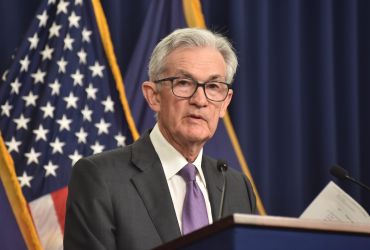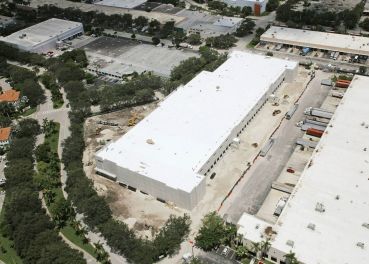A Grand Century: 100 Years of Grand Central Terminal
By Billy Gray January 29, 2013 9:00 am
reprintsPenn Central was bankrupt at the time of the trial and could not maintain the terminal after the decision. Grand Central fell into disrepair and disrepute, with a leaking roof, a two-inch layer of grime and sunlight obscured by billboards.
In 1983 the MTA took the reins, and the new Metro-North railroad replaced Conrail, which had lost its government subsidies. “Everyone was at a loss,” said Gabrielle Shubert, director of the New York Transit Museum. “In 1983, the building was a mess, service was a shambles, there was no adherence to safety codes—it was a disaster.”
Ms. Shubert recounted that Peter Stangl, former MTA chairman and Metro-North president, “said we could either turn Grand Central over to Amtrak or start a new railroad. So he started a new railroad! And he really turned it around.” One of Mr. Stangl’s first orders of business was fixing the roof, whose leaks would undo any improvements below. “Peter wanted to create not only a railroad, but a beautiful place,” Ms. Shubert said.
The bulk of Grand Central’s physical refurbishing ended in 1998. Metro-North had about twice as many riders last year—82.9 million—as it did in 1983. Nearly 750,000 people pass through the terminal each day; only 260,000 of them are rail commuters.
“We’ve developed the Grand Central brand,” said Randy Fleischer, senior director of business development, facilities and marketing at Metro-North. “We engage international tourists and customers who come through just for lunch.” The shopping push kicked off in 1990, when the MTA announced a $400 million plan to increase retail space by 43 percent to 150,000 square feet.
National tenants including Apple (AAPL), Banana Republic, Kenneth Cole, Papyrus and Starbucks have blossomed in Grand Central as they have in booming shopping districts throughout the city. But representatives and advocates of the terminal don’t think that chains have compromised its integrity.
“We’re very selective about the retail tenant mix,” Mr. Fleischer said. Mr. Cipolla spoke of the need for a “curatorial involvement” in tenant selection. “You do want to have a lens and a set of values for a mix of uses that’s consistent with the environment. I’m not troubled at all by the curatorial hand in this. Frankly, not all retailers are created equal. The quality of goods and their aesthetics must meet extraordinarily high standards.“
Mr. Lhota also thinks the terminal has maintained lofty standards as a transportation and leisure nexus.
“Grand Central has become the model of what needs to happen to transportation hubs: it’s multipurpose and used as a central point for meeting folks. The retail component is very, very important.”
Shoppers, diners and tourists now outnumber rail commuters at Grand Central, but it remains a vital, contemporary transit hub. “The fabric of G.C.T. may be original, but the technology that runs trains and provides information is constantly upgraded,” Mr. Fleischer said. “We’ve been able to utilize this National Historic Landmark, but you’ll find great train service with a modern fleet and infrastructure.”


